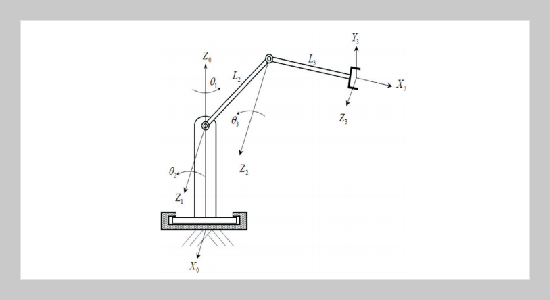Qiu-Yan Liu This email address is being protected from spambots. You need JavaScript enabled to view it.1, Miao Wang1 and Zhang-Dui Zhong1 1State Key Laboratory of Rail Control and Safety, Beijing Jiao Tong University, Beijing 100044, China
Received:
December 17, 2010
Accepted:
January 10, 2011
Publication Date:
September 1, 2011
Download Citation:
||https://doi.org/10.6180/jase.2011.14.3.04
In this paper, statistics of capacity including level crossing rate (LCR), average fade duration (AFD) and outage probability (OP) with time varying Doppler Effect are analyzed in high speed railway communication systems. The scenario is assumed that there exists a Ricean faded line-of sight (LOS) channel according to the high reliability requirements in real environments. First, a simple but versatile mathematic model is proposed for time varying Doppler shift calculation in both straight and curved tracks. Then, closed-form expressions of capacity statistics, such as LCR, AFD and OP, are derived. Simulation results show that LCR is in proportion to maximum frequency shift and 2cth/2 . The range of capacity threshold from 5 bits/s/Hz to 7 bit/s/Hz is of great importance. System can provide reliable communication more than 90% successfully with AFD lower than 10-3 s when capacity threshold is 5 bit/s/Hz. Most systems can provide great performance below 5 bit/s/Hz. However, system performance is degraded to 90% outage when capacity threshold is higher than 5 bit/s/Hz, and few systems are able to guarantee capacity higher than 7 bit/s/Hz successfully.ABSTRACT
Keywords:
High Speed Railway, Doppler Shift, Outage Capacity, Level Crossings, Rice Fading Channels
REFERENCES
















